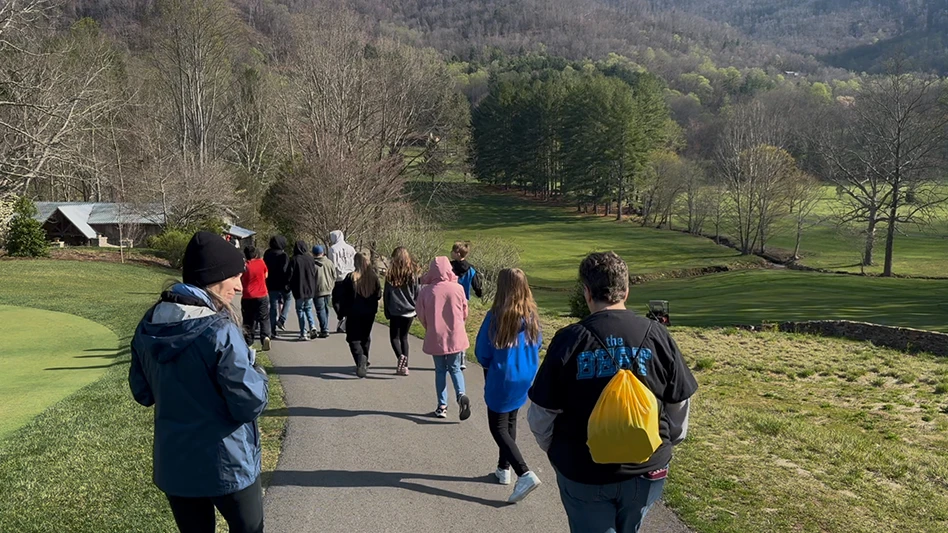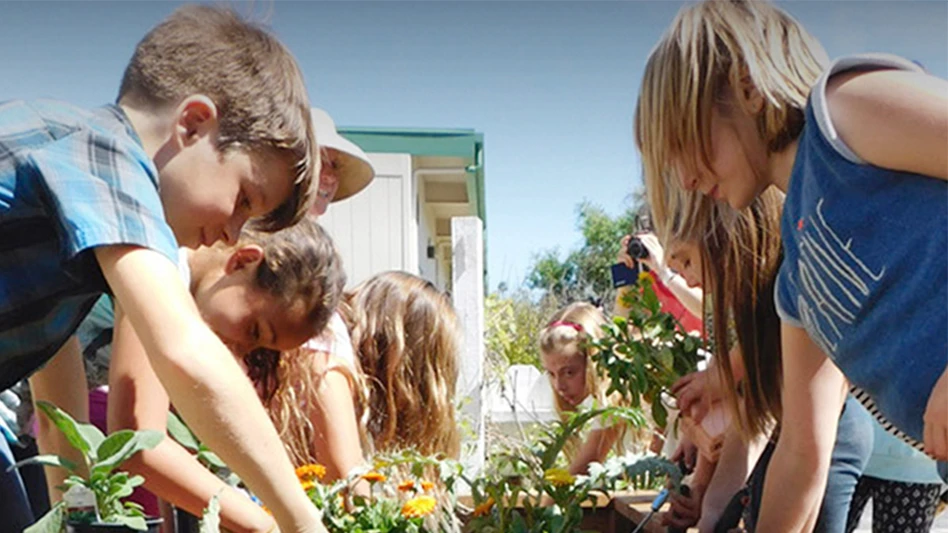As he prepares for his third PGA Tour Wyndham Championship, Sedgefield Country Club’s golf course superintendent Keith Wood is concerned after the intense and unpredictable winter weather patterns that have impacted the golf course this past season. Keith and his staff are replacing minor Bermudagrass loss on several shaded fairways. In addition, as he contemplates a game plan for their recovery, he is thinking ahead about how to strengthen his bentgrass putting surfaces for the hot, humid Carolina summer.
Q You appear to enjoy the challenge of hosting this tournament. What prepared you for it?
A While serving as the superintendent at Florence Country Club in South Carolina, we prepared for five PGA Tour Qualifying Schools. Agronomic demands are similar, but in Florence our grounds staff totaled 10 people. The challenge was to prepare and set-up the golf course for all aspects of the event, with little input from the organizers as compared to the Wyndham Championship. There were few agronomic and course preparation visits so it was up to us to accomplish the tasks. And, we did not have a huge volunteer supply. Our work involved:
- Maintaining a green speed firmness for advance week, which was difficult with a small staff.
- Coping with the summer weather to maintain quality bentgrass surfaces.
- Determining the morning and afternoon agronomic practices from mowing to irrigating.
- Establishing course-wide cutting heights and mowing frequencies.
- Setting up the off-course amenities from a construction process.
The best part of accomplishing all this with a small staff was that each person was a valuable asset to the plan and felt important to the outcome.
Q Upon arriving at Sedgefield Country Club what were the challenges you encountered?
A The golf course had been recently renovated by architect Kris Spence. While the re-design of our Donald Ross course was excellent there was extensive clean up and conditioning to be handled, in addition to the pressure of hosting a PGA Tour event.
- We upgraded the overall course conditioning after the renovation effort. This included the addition of drainage within landing zones – vital for accommodating the PGA Tour players.
- Because much of the finish work was sodded there were seam issues within the putting green surrounds. We has to smooth numerous areas to prevent any rules concerns. There was a lot of dry sand topdressing applied.
- Fairway turfgrass was behind in its development so we increased cultural practices such as fertility, core cultivation and routine topdressings.
- Hot weather bent grass management impacted my desire to push the limits of speed and firmness. Our first season we had favorable weather, the second season we did not. Rain, high temperatures and humidity impacted the putting greens resulting in pythium root dysfunction. We stayed true to our plan and t everyone maintained a positive attitude.
Q For 2010 what challenges are you addressing?
A As many here in the Carolinas understand we have a wide range of weather patterns which impact both the cool and warm season turfgrasses.
- For our putting greens to be successful in the late summer for the membership as well as the event, we are building a foliar fertility program to boost carbohydrate reserves, promote healthy root systems, and implementing a light and frequent sand topdressing program for firm and fast surfaces.
- We have increased the use of the groomer attachments for our green mowers to tighten the turf canopy in combination with a slight bump in height-of-cut.
- We lost Bermudagrass on east/west running golf holes in areas facing north and with the month-long snow cover we are sodding early to create a tight and firm playing surface. We decided against waiting for the Bermuda to grow out.
- Our Bermuda grass fairways are affected by shade and in low lying portions of the golf course, where moisture and temperatures impact spring recovery.
- Finally, we are trying to synthesize and respond to all the outside agronomic input from the PGA Tour staff, the Wyndham people and our golf course architect, while being cognizant of member playing demands and our management firm.
Q Any words of wisdom that have aided your efforts?
This educational component allows participants to bring information back to their home golf courses. GCI

Explore the May 2010 Issue
Check out more from this issue and find your next story to read.
Latest from Golf Course Industry
- The Aquatrols Company hires marketing manager
- Renovating Bredemus in West Texas
- Renovation starts at Okatie Creek GC at Sun City Hilton Head
- The Fittest Podcast in Turf: Episode 1
- New 6-hole course debuts in Oklahoma
- GCSAA announces Grassroots Ambassador Leadership Award recipients
- Reel Turf Techs: David Gummo
- PBI-Gordon promotes two to executive level





